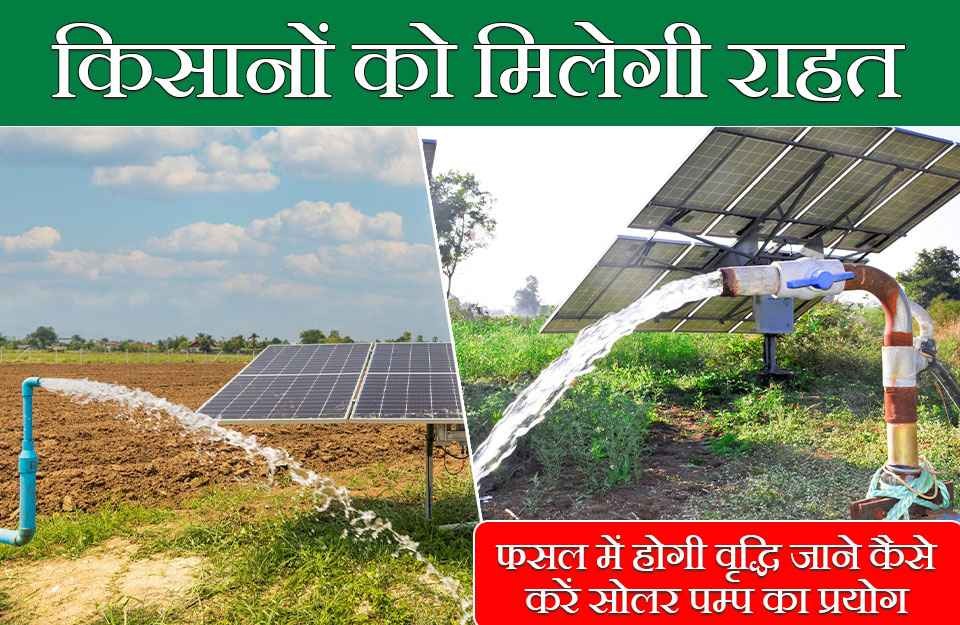
For any economic development, energy stands as an indispensable tool that remains free from pollution. In the Indian state of Uttar Pradesh, the demand for energy reaches its peak. The escalating need for electricity and its supply poses a worrisome situation. People rely on fossil fuels like kerosene, petrol, or coal for energy, with a substantial portion of their income going towards this. In electrified villages, electricity supply is often insufficient, leaving farmers without the necessary power for agricultural activities.
The adoption of solar pumps holds significant importance in ensuring successful crop yields through irrigation. Solar pumps can be effectively deployed across diverse locations. Solar energy typically surges during the day, peaking in the morning and afternoon before dwindling as evening approaches. Solar pumps come in two variants: DC surface pumps suitable for shallow wells, ponds, and rivers, and AC submersible pumps effective for tube wells, among others. Irrigation practices are influenced by factors such as land slope and soil type. Conventional irrigation methods necessitate a 1200-watt SPV panel system, while deeper wells require an 1800-watt panel system. Drip irrigation mandates a minimum water requirement of 20-25 thousand liters per hectare.
Employing solar pumps for irrigation slashes electricity consumption. In cases where wells are shallow and irrigation is carried out through canal or furrow methods, solar pumps emerge as the most cost-effective and efficient option. Utilizing solar pumps not only leads to monetary savings but also enhances productivity. Irrigating with solar pumps can potentially save 500 liters of diesel per year. Similarly, harnessing solar energy to operate submersible pumps can yield savings of up to 1500 liters of diesel annually.
The government aims to foster self-reliance among farmers through the solar pump scheme. Across the country, farmers irrigate their fields using electricity-powered pumps. In regions where power outages are frequent, diesel pumps are employed, entailing significant expenses and causing pollution. This scheme will notably benefit farmers in the state, promoting horticultural crops and reducing environmental pollution by employing solar pumps for irrigation. Consequently, farmers' income will rise, and electricity companies will reduce temporary connections.
Significance of Solar Pumps for Irrigation: Solar pumps can draw water from wells, ponds, tube wells, etc., and supply water to plants through canal and furrow irrigation methods. They can also connect to drip irrigation systems and pipe sprinklers, facilitating irrigation with minimal water usage. During summers, when plants require more water, solar energy allows for increased water extraction. Solar pumps can operate for 8-9 hours daily, with orchards and fields requiring approximately 60-70 thousand liters of water per hectare for irrigation.
Read More... Uttar Pradesh Government Free Boring Scheme, UP Free Boring Scheme Apply Complete Information
Benefits of the Solar Pump Scheme: Solar pumps enable easy irrigation in fields without electricity access, benefiting farmers even in rural areas located at least 300 meters from power lines. This reduces the financial burden on farmers and eliminates expenses and pollution associated with diesel usage.
Precautions and Maintenance of Solar Pumps: Ensuring the safety and proper maintenance of solar pumps is essential. Attention should be given to lubricating and cleaning the motor shaft, while solar panels should be shielded from damage and placed in shade-free locations for optimal operation. This energy source is advantageous for all farmers, offering significant security and relief from future energy crises.